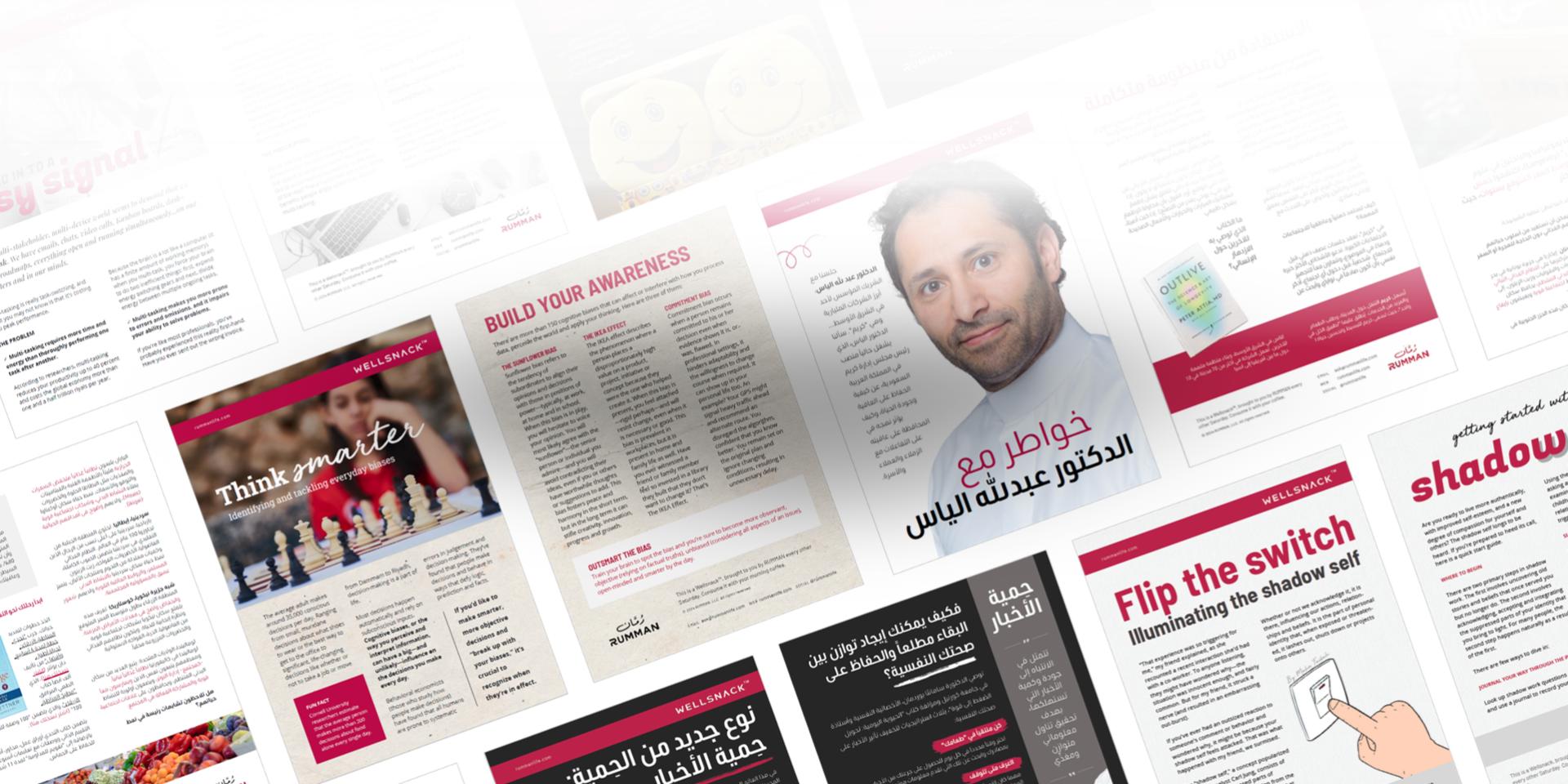
You often hear about the endless ways to boost employee wellbeing—offering rewards, flexible hours, or mental health support—all with the promise of increased engagement, reduced turnover, and higher profitability.
But the burning question for many organizations is: “How do we pay for it?”
The good news is you don’t always need a dedicated “wellbeing budget.” Many successful programs creatively overlap with existing budgets, serving dual purposes like improving retention, onboarding, or operational efficiency.
Let’s dive into an example of how a company integrated wellbeing into their financial planning while meeting other strategic goals.
In 2015, World Wide Technology (WWT) launched on-site health clinics to tackle rising healthcare costs and improve employee access to care. Recognizing that many workers avoided primary care visits due to time constraints, WWT offered free on-site clinics for all employees and their insured dependents, staffed by medical professionals.
By 2021, WWT expanded its on-site clinics to include mental health services, addressing the growing demand for counseling and behavioral health support. Leadership focused on destigmatizing mental health while ensuring access to essential resources.
The initiative delivered a dual benefit: saving $1.50 in insurance costs for every dollar spent while boosting productivity. WWT’s approach highlights how wellbeing programs can effectively address both financial and employee needs.
NOTE: If you are on a mobile device, turn your phone or tablet sideways (landscape orientation) to see the full chart below.
Budget Type | Examples | Core Function Served | Area of Wellbeing Served |
|---|---|---|---|
Gifting Budget | Include wellbeing-focused products (i.e. physiotherapy kit, sleep kits) in new employee welcome gifts | Enhances branding and onboarding experience | Positive Emotion + Engagement: Promotes recovery and connection, fostering a positive first impression and bolstering engagement |
Employee Engagement Budget | Create engaging activities (on-site or off-site) to build awareness about domains of wellbeing (mental wellbeing, financial wellbeing, and so on) | Improves teamwork through team-building and strengthens company culture | Connection + Mental Health: Reinforces a sense of value, improving morale and reducing stress levels, ensuring employees feel seen and heard |
Operational Budget | Renovate office spaces to include natural light, better air quality, and ergonomic furniture to encourage movement and healthy habits | Cuts energy costs by optimizing natural light usage | Physical Health + Environmental Wellbeing: Reduces eye strain, fatigue, and stress while improving air quality and comfort |
HR Budget | Provide access to mental health services, organizational culture assessments, exit interviews, and the like | Improves employee retention and recruitment, and track and assess company culture | Mental Health + Resilience-Building: Helps employees cope with emotional challenges and increases transparency and openness in company culture |
Learning & Development Budget | Add educational masterclasses and trainings such as executive wellbeing training, sleep secrets or psychological first aid | Boosts productivity of employees, improves decision-making of leaders, and augments workplace harmony | Stress Management + Sense of Achievement: Provides tools to navigate change with less anxiety and more confidence |
ESG/CSR Budget | Provide volunteering opportunities, schedule events for blood donation or planting trees, or host events that build awareness about mental health | Builds an environmentally and socially-conscious company, and contributes to ESG KPIs | Sense of Achievement + Meaning: Connects employees to higher purpose and meaning, and creates a sense of achievement outside of work |
What if you want to take your commitment to employee wellbeing to the next level? That’s where having a dedicated wellbeing budget comes in.
By allocating specific resources to wellbeing, you gain the flexibility to create initiatives that directly address your team’s unique challenges, measure impact more effectively, and build a consistent strategy over time.
Position wellbeing as a core pillar of your company strategy. Allocate specific funding and resources to support initiatives that promote employee wellbeing, ensuring it is prioritized alongside other strategic pillars. Establish KPIs—such as employee satisfaction, or turnover rates, for example—to keep track of progress and impact. Embed wellbeing into company policies, such as having flexible working arrangements, and make it a sustained focus that permeates all levels of the organization.
Collaborate with service providers like mental health professionals, leadership coaches, or wellbeing experts to offer workshops and tools to support your employees. Many providers are eager to partner with organizations to expand their reach, creating a win-win situation. To make this truly impactful, adopt a holistic approach with diversified solutions that cater to different lifestyles and engagement preferences, ensuring your efforts support different wellbeing domains and resilience for everyone on your team.
True cultural and behavioral change doesn’t happen with one-off events or annual courses. While a mental health day or a wellbeing workshop can spark awareness, lasting impact comes from consistency. Embed wellbeing into the fabric of your organization by creating regular touchpoints—monthly challenges, ongoing training sessions, or check-ins on workload and mental health. Show your employees that their wellbeing isn’t just an occasional initiative, but a core value that’s reflected throughout the year.